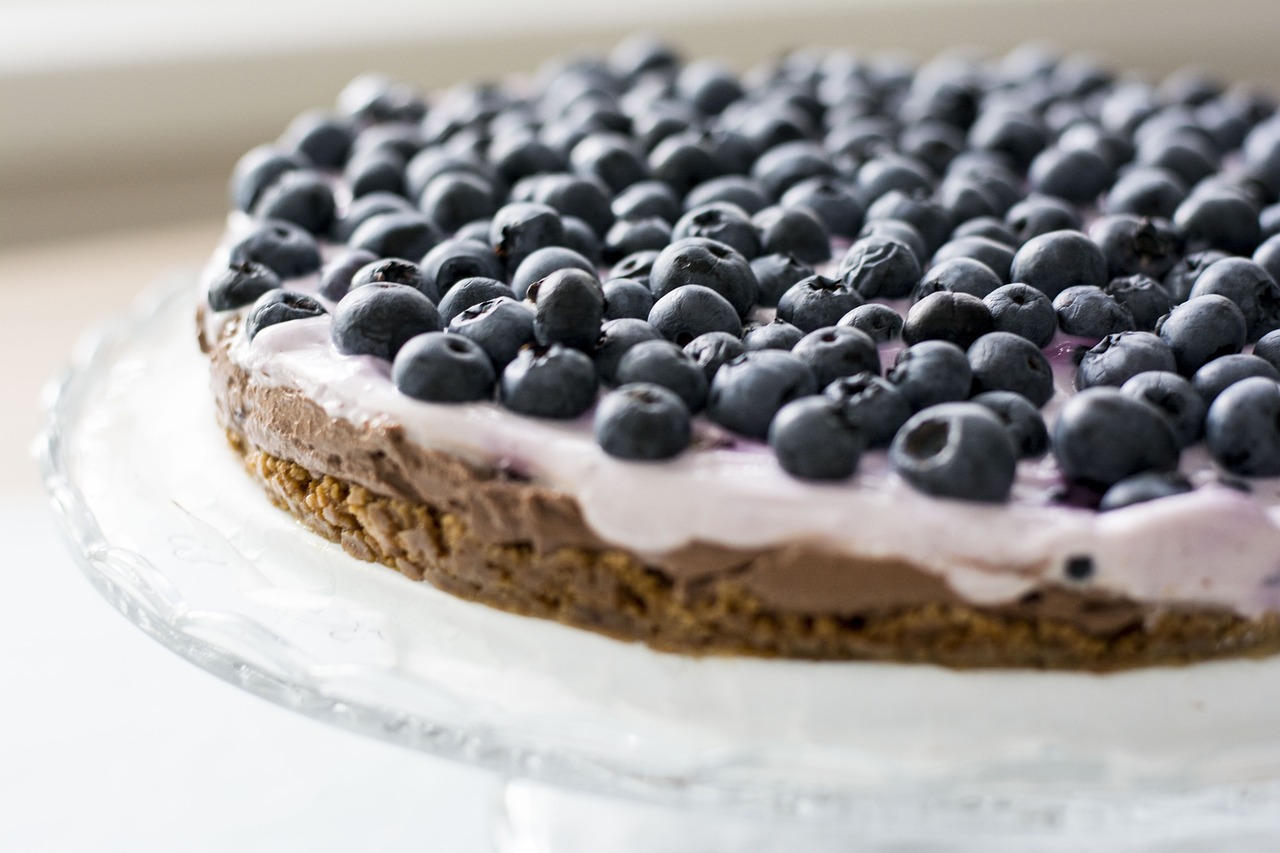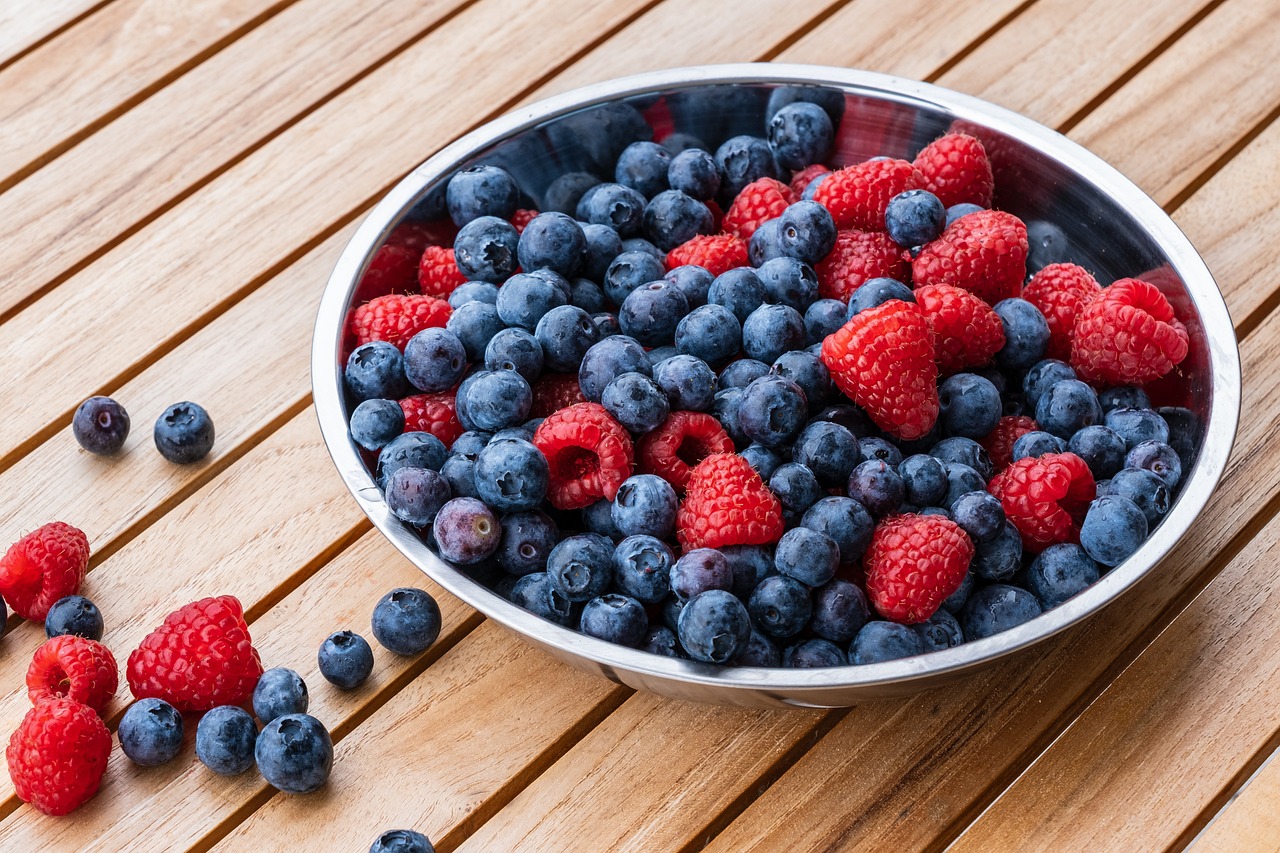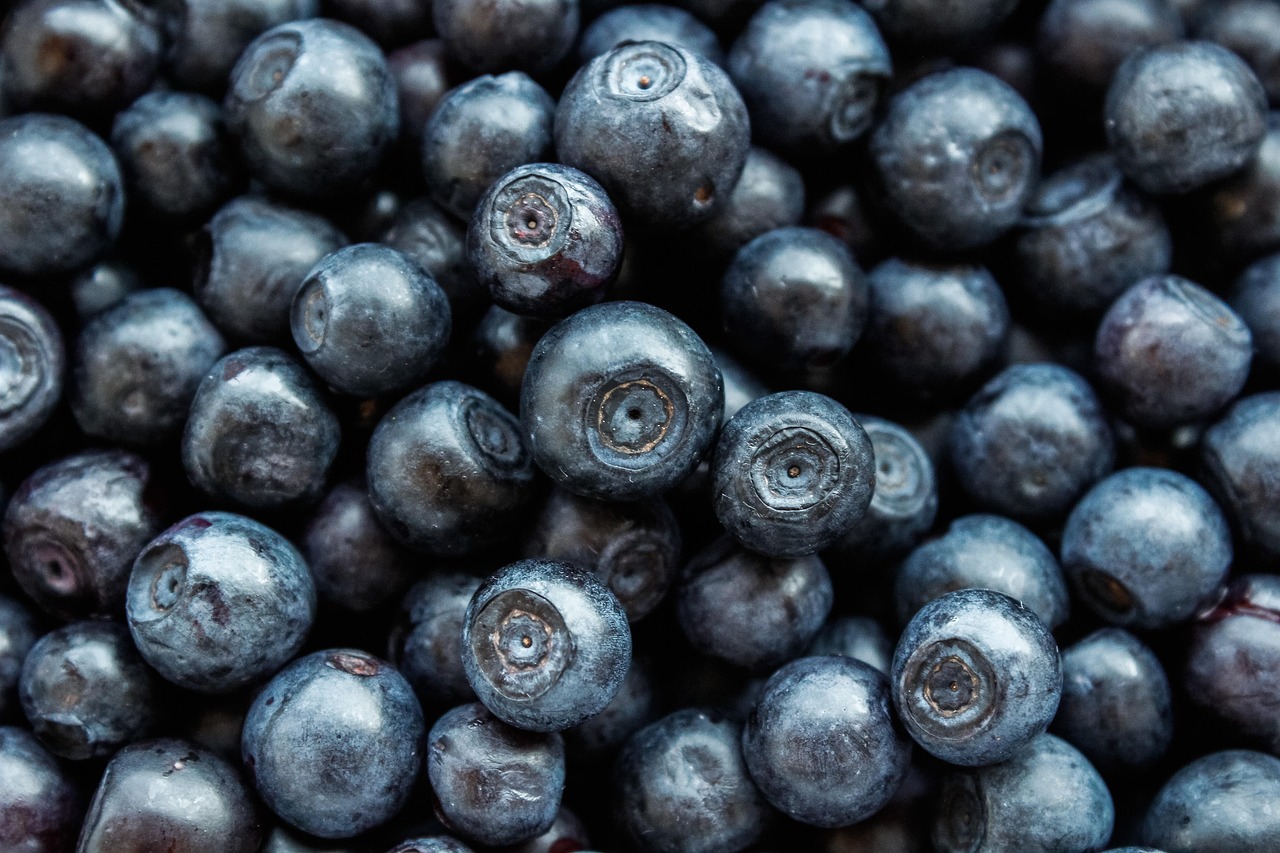The Japanese Blueberry tree, known for its dense foliage and vibrant color, typically grows at a rate of 12 to 24 inches per year. This growth rate makes it an excellent choice for creating evergreen hedges that provide privacy and aesthetic appeal.
The Japanese Blueberry tree, or Elaeocarpus decipiens, is a popular choice among gardeners and landscapers looking to create lush, green hedges. Its evergreen nature ensures that it retains its leaves throughout the year, providing a vibrant backdrop in any landscape. This tree is not only valued for its beauty but also for its resilience to various environmental conditions.

Understanding the growth rate of the Japanese Blueberry tree is essential for anyone considering it for hedging purposes. The rate at which it grows can significantly affect landscaping timelines and maintenance schedules. When planted, these trees can reach heights of 15 to 30 feet and widths of 10 to 20 feet, depending on their care and environmental conditions.
Factors Influencing Growth Rate
Several factors can influence the growth rate of the Japanese Blueberry tree. These include soil quality, climate, watering practices, and sunlight exposure. By ensuring optimal conditions, you can encourage faster growth.
- Soil Quality: Well-draining, rich soil promotes healthy root systems.
- Climate: These trees thrive in USDA hardiness zones 8 to 10, where temperatures do not drop below 10°F.
- Watering: Consistent watering during dry spells helps maintain growth rates.
- Sunlight: Full sun to partial shade is ideal for optimal growth.
When planted in the right conditions, the Japanese Blueberry tree can establish itself quickly. Regular feeding with a balanced fertilizer can also enhance growth. Additionally, pruning can help shape the trees, encouraging fuller growth and a denser hedge.

Growth Rate Timeline
The growth of the Japanese Blueberry tree can be tracked over time. Here’s a general timeline of what you can expect:
| Age (Years) | Height (Inches) | Notes |
|---|---|---|
| 1 | 12 – 24 | Initial establishment period; focus on root development. |
| 2 | 24 – 36 | Growth accelerates; regular watering and fertilization recommended. |
| 3 | 36 – 48 | Tree begins to fill out; pruning may be necessary. |
| 4 | 48 – 60 | Full height reached; maintenance for shape and health is key. |
The timeline indicates that by the end of four years, these trees can reach their full height if provided with proper care. This makes them an appealing option for those seeking a relatively quick-growing hedge solution.
Advantages of Using Japanese Blueberry Trees for Hedges
Choosing Japanese Blueberry trees for hedges comes with several advantages:

- Aesthetic Appeal: The lush green leaves offer year-round visual interest.
- Privacy: Their dense growth provides an effective screen against prying eyes.
- Drought Tolerance: Once established, they require less water than many other hedge options.
- Pest Resistance: They are generally resistant to many pests and diseases.
These benefits make the Japanese Blueberry tree a popular choice for homeowners and landscapers alike. Their growth rate and adaptability bring both beauty and functionality to any property.
In summary, the Japanese Blueberry tree’s growth rate is affected by various factors including soil quality and climate. With proper care, these trees can thrive and provide excellent evergreen hedges that enhance any landscape design.
Best Practices for Planting Japanese Blueberry Trees
Planting Japanese Blueberry trees requires careful planning to ensure optimal growth. Here are some best practices to consider when planting these trees for hedges.

Choosing the Right Location
Selecting the right location is crucial for the health of the Japanese Blueberry tree. They thrive in areas that provide adequate sunlight and protection from harsh winds. Consider the following factors:
- Sunlight: Aim for a spot that receives full sun to partial shade, ideally at least six hours of direct sunlight per day.
- Wind Protection: Look for locations that offer some shelter from strong winds, which can damage young trees.
- Access to Water: Ensure the area has good access to a water source, especially during dry periods.
Soil Preparation
The quality of the soil plays a significant role in the growth rate of Japanese Blueberry trees. Proper soil preparation promotes healthy root development. Follow these steps:
- Test Soil pH: Japanese Blueberry trees prefer slightly acidic to neutral soil (pH 6.0 to 7.0). Testing kits are available at garden centers.
- Add Organic Matter: Incorporate compost or well-rotted manure into the soil to improve drainage and nutrient content.
- Loosen the Soil: Use a garden fork or tiller to break up compacted soil, allowing roots to penetrate more easily.
Planting Technique
When planting, it is essential to follow the correct technique to ensure healthy growth. Here’s how to do it:
- Dug Holes: Dig a hole that is twice the width and the same depth as the root ball of the tree.
- Place the Tree: Position the tree in the center of the hole. The top of the root ball should be level with the surrounding soil.
- Backfill: Fill in around the root ball with soil, gently tamping it down to remove air pockets.
- Water Thoroughly: Water the newly planted tree deeply to help settle the soil and establish roots.
Watering and Maintenance Guidelines
Proper watering and maintenance are vital to ensure that Japanese Blueberry trees grow at their best. Here are some guidelines to follow:
Watering Schedule
Japanese Blueberry trees require consistent moisture, especially in their early years. A good watering schedule includes:
- Newly Planted Trees: Water deeply once a week for the first year, adjusting based on rainfall.
- Mature Trees: After establishment, reduce watering frequency to every two weeks unless there is a drought.
Fertilization Practices
Fertilizing helps enhance growth and overall health. Here’s how to approach fertilization:
- Timing: Fertilize in early spring before new growth begins.
- Type of Fertilizer: Use a balanced, slow-release fertilizer with equal parts nitrogen, phosphorus, and potassium.
- Application Rate: Follow package instructions for dosage based on tree size and age.
Pest and Disease Management
Pest and disease issues can affect the growth of Japanese Blueberry trees. Being proactive can help mitigate these risks. Here are some common pests and diseases to watch for:
| Pest/Disease | Description | Treatment |
|---|---|---|
| Aphids | Small insects that suck sap from leaves, causing curling. | Insecticidal soap or neem oil may help control populations. |
| Leaf Spot | A fungal disease causing dark spots on leaves. | Remove affected leaves and apply fungicides as needed. |
| Root Rot | Disease caused by overwatering; roots decay. | Avoid overwatering and ensure proper drainage. |
Monitoring for pests and diseases during the growing season can lead to early intervention. This proactive approach will help maintain the health of your Japanese Blueberry hedge.
With these guidelines, you can ensure that your Japanese Blueberry trees grow vigorously, contributing to a beautiful and functional evergreen hedge.
Pruning Techniques for Japanese Blueberry Trees
Pruning is an essential part of maintaining the health and appearance of Japanese Blueberry trees. Proper pruning encourages dense growth and helps shape the hedge. Understanding when and how to prune is crucial for achieving the best results.
When to Prune
The timing of pruning can significantly impact the success of your Japanese Blueberry trees. Here are some guidelines:
- Late Winter to Early Spring: This is the ideal time for pruning before new growth begins. It allows you to shape the hedge without interfering with the tree’s growth cycle.
- After Flowering: If your trees flower, consider pruning after blooming to maintain shape and remove any dead or damaged branches.
- Regular Maintenance: Light pruning can be done throughout the growing season to maintain desired shape and remove any unwanted growth.
Pruning Techniques
Using the right techniques ensures that you do not damage the trees while encouraging robust growth. Here are some effective pruning techniques:
- Thinning: Remove inner branches that are crowded or crossing over one another. This improves air circulation and sunlight penetration.
- Shearing: Use hedge shears to trim the outer edges and maintain a uniform shape. Shearing helps create a denser hedge.
- Cutting Back: For older trees, cutting back one-third of the oldest branches can rejuvenate growth and stimulate new shoots.
Common Uses of Japanese Blueberry Trees in Landscaping
Japanese Blueberry trees are versatile in landscaping. They serve various purposes beyond being just beautiful hedges. Here are some popular uses:
Privacy Screens
The dense foliage of Japanese Blueberry trees makes them excellent for creating privacy screens or barriers. When planted closely together, they form a thick wall of green that blocks noise and sight.
Foundation Plantings
These trees can also be used in foundation plantings. Their height and bushy nature can soften the lines of buildings, adding visual interest around homes and commercial structures.
Windbreaks
In areas subject to high winds, Japanese Blueberry trees can serve as effective windbreaks. By planting them strategically, they can protect other plants and structures from wind damage.
Attractive Focal Points
When allowed to grow tall, these trees can serve as stunning focal points in a landscape design. Their lush green leaves and seasonal color changes provide year-round interest.
Seasonal Care for Japanese Blueberry Trees
Caring for Japanese Blueberry trees requires attention to seasonal changes. Each season brings specific tasks that help keep the trees healthy and thriving.
Spring Care
- Fertilization: Apply a balanced fertilizer as new growth begins to encourage robust development.
- Pruning: Conduct any necessary pruning to shape the hedge before the growing season kicks into high gear.
- Pest Monitoring: Keep an eye out for pests as they become active during warmer months.
Summer Care
- Watering: Ensure consistent moisture during dry spells, especially for young trees.
- Pest and Disease Checks: Continue monitoring for signs of pests or disease, treating issues promptly.
- Light Pruning: Perform light pruning as needed to maintain shape and remove any dead or damaged growth.
Fall Care
- Mulching: Apply mulch around the base to retain moisture and regulate soil temperature.
- Final Watering: Give trees a good watering before winter dormancy sets in, ensuring they are well-hydrated.
- Pest Control: Take measures to manage pests that may be preparing for winter.
Winter Care
- Protection: In colder regions, consider wrapping young trees with burlap to protect them from harsh winds.
- Irrigation Checks: Ensure irrigation systems are functioning correctly to provide water during unseasonably warm winter days.
- Dormant Pruning: If necessary, light pruning can be done during this time to prepare for spring growth.
By following these seasonal care guidelines, you can support the health and vitality of your Japanese Blueberry trees throughout the year, ensuring they grow into beautiful evergreen hedges.
Enhancing Landscape Design with Japanese Blueberry Trees
Japanese Blueberry trees are not just functional; they also enhance landscape aesthetics. Their vibrant foliage and attractive structure contribute to the overall beauty of outdoor spaces. Here are some ways to creatively incorporate these trees into your landscape design:
Layering in Garden Beds
Layering is an effective technique in landscaping that creates depth and visual interest. Plant Japanese Blueberry trees as a backdrop in garden beds, allowing shorter flowering plants to thrive in the foreground. This combination provides a colorful display and draws attention to the hedge.
Creating Natural Borders
Use Japanese Blueberry trees to define property lines or separate different areas of your garden. Their dense growth makes them an excellent choice for natural borders, providing both privacy and beauty.
Integrating with Other Plants
Consider pairing Japanese Blueberry trees with other plants that complement their growth habits and colors. Some suitable companions include:
- Azaleas: Their blooms contrast beautifully with the green foliage of Blueberry trees.
- Boxwoods: These evergreen shrubs can provide a structured look alongside the more relaxed growth of the Blueberry tree.
- Ornamental Grasses: Add texture and movement to your landscape by integrating ornamental grasses that sway in the breeze.
Environmental Benefits of Japanese Blueberry Trees
Beyond their aesthetic appeal, Japanese Blueberry trees offer several environmental benefits that contribute positively to local ecosystems:
Air Quality Improvement
Trees play a crucial role in improving air quality by absorbing carbon dioxide and releasing oxygen. Japanese Blueberry trees contribute to cleaner air, making them an excellent addition to urban environments.
Biodiversity Support
These trees provide habitat for various birds and insects. Their dense foliage offers shelter and nesting sites, promoting biodiversity in your garden or landscape.
Soil Erosion Control
The root systems of Japanese Blueberry trees help stabilize soil, reducing erosion. This is particularly beneficial in areas prone to runoff or where soil integrity is a concern.
Final Thoughts
The Japanese Blueberry tree is a superb choice for anyone looking to establish vibrant, evergreen hedges. With a growth rate of 12 to 24 inches per year, they quickly provide privacy and aesthetic appeal while requiring relatively low maintenance once established.
Caring for these trees involves understanding their specific needs throughout the seasons, including proper planting techniques, watering, fertilization, and pest management. Additionally, by employing effective pruning methods and integrating them thoughtfully into your landscape design, you can maximize their benefits while enhancing your property’s beauty.
Incorporating Japanese Blueberry trees not only elevates the visual aspect of your garden but also contributes positively to the environment by improving air quality and supporting local wildlife. With their many uses and advantages, these trees are indeed a valuable asset to any landscape.
If you’re considering adding Japanese Blueberry trees to your garden or landscape, rest assured that with the right care and planning, they can thrive and bring joy for many years. Embrace their potential in your outdoor space and enjoy the numerous benefits they offer.
